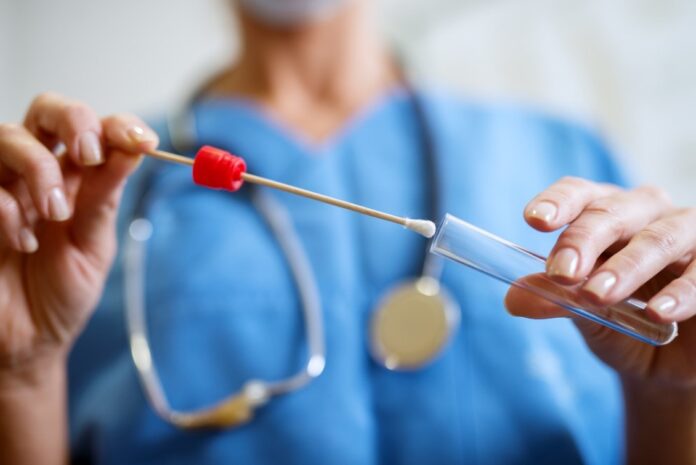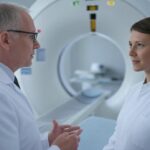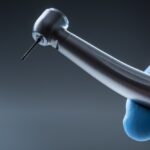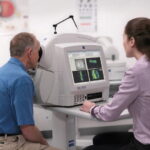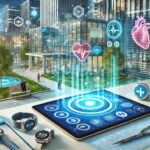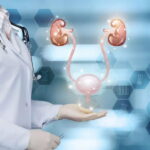Forensic nurses are an increasingly important part of the healthcare industry. This article will explore how forensic nurses differ from other nurses as well as the kind of technology they use in their work.
Are Forensic Nurses Different From Other Nurses?
The main difference between forensic nurses and other nurses comes down to education. All nurses in the United States must meet educational requirements in order to be licensed and work with patients, but the education in question varies from program to program.
Forensic nurses, in particular, go beyond an undergraduate degree. Instead of earning a bachelor’s degree and looking for full-time work, aspiring forensic nurses must search for advanced educational programs.
Sometimes forensic nursing programs online, such as the one offered by Cleveland State University, provide everything students need to succeed in the industry, while some people might opt for in-person classes instead.
Once their education has been completed, forensic nurses will begin working directly with patients just like other nurses. Some of their responsibilities will be different, however, thanks to their advanced education and specialized degree.
With that in mind, here are some of the technologies forensic nurses commonly use while working:
DNA Technology
Because they are responsible for collecting, analyzing and preserving medical evidence, including organic tissue and various bodily fluids, forensic nurses often find themselves using DNA technology. DNA technology is also known as the observation of phenotypes and genotypes of organisms.
This kind of information is tied to the evidence forensic nurses gather. DNA technology helps forensic nurses examine the evidence they carefully collect and preserve.
This sometimes leads to the determination of what weapon was used in a violent altercation, which individuals were active or present when crimes occurred, which individuals could not have committed the crime, and even the identity of victims in single and mass traumatic events.
There are a few different kinds of DNA technology used in forensic nursing. The first is the technology surrounding short tandem repeats (STRs). STRs are different from person to person, making examining them useful when inspecting crime scenes and identifying people.
Technology related to DNA profiles is another commonly used DNA technology in the forensic nursing field. This kind of technology helps distinguish the people involved in the crime in question. DNA profiles can be compiled to determine the identities of victims, possible witnesses and possible perpetrators.
Alternative Light Sources
Just like in a ‘CSI’-type show, investigators use a black light to look for traces of bodily fluids. Known as ‘alternative light source technology’, this kind of technology is actually used in real crime scenes today. Forensic nurses use alternative light sources often to make sure they are collecting as much relevant information as they can surrounding their patients and the trauma they have endured.
While alternative light sources can be used in a wide variety of cases, it is more common in certain situations. Forensic nurses use them primarily in domestic violence cases. Alternative light sources can detect injuries and bruises underneath a victim’s skin, making them especially useful in documenting cases of strangulation.
Alternate light sources can also be used to detect the presence of blood, but only if the area is treated with luminol. After it is sprayed with luminol, the blood will show up under a black light.
Forensic nurses must know when to use alternative light sources, how to use them, and how to identify the materials they reveal.
Photos and Video
Forensic nurses must often take photos of the victim’s injuries and, sometimes, the crime scene itself. This helps document the crime as well as its aftermath. Without video and photo evidence, there is little in the way of ‘proof’ to show the courts or law enforcement. For this reason alone, it is imperative that forensic nurses understand how to use both recording tools.
You might be wondering why both photos and videos are commonly used in forensic nursing. The answer is quite simple. Cameras and videos do similar things, but they excel in different areas.
Digital cameras are typically far more detailed and easy to carry and use. This makes them ideal for isolating areas that need to be preserved and capturing them in high definition, without the movement of the video camera sacrificing quality.
A patient with bruises that need to be recorded, for example, will likely have photos taken instead of video.
On the other hand, video is more useful in certain situations. When a large crime scene needs to be recorded, for example, video is often the quickest and most ‘authentic’ way of doing an initial run-through.
Video is a good way to prove the authenticity of the record, too, as uncut videos are good for proving that nothing has been tampered with once law enforcement (or, in this case, forensic nurses) arrived at the scene. If the goal is to show the whole of a crime scene, video is a good way to begin.
That does not mean that photos will not need to be taken of certain items, of course. But you can consider photos to be moments in time. Five photos taken over the course of an hour, for example, are equal to a few minutes of that time, at most. Video, on the other hand, captures everything on an ongoing basis.
Both videos and cameras are routinely used by forensic nurses.
Technology trends
The technology used in forensic nursing might not seem cutting-edge, but that does not make it any less accurate and important. Without the investigative and recording tools described above, forensic nurses have a much harder job accurately documenting potential crimes and the trauma they cause to victims.
The industry is becoming more saturated with technology as time passes, too, with traditional and new technology alike being adapted and developed. The goal is to make forensics, in general, more accurate and straightforward for investigators as well as for the legal system, which must rely on experts such as forensic nurses to guide them through the findings.
Read Also
- Optimizing CT Protocols: The Hidden Key to Efficiency and Cost Savings in RadiologyIntroduction: Why CT Protocol Optimization Matters Computed Tomography (CT) is a cornerstone of modern diagnostic imaging, providing critical information across nearly every medical specialty. However, maximizing the value of CT — both clinically and financially — requires more than just advanced hardware. The real secret lies in the optimization of CT protocols. When CT protocols… Read more: Optimizing CT Protocols: The Hidden Key to Efficiency and Cost Savings in Radiology
- The Role of Carbide Burs in Modern Dental ProceduresAs a result of this procedures need to be well coordinated and to this end, precision tools are used by dental practitioners. Among the most essential tools in a dentist’s arsenal are carbide burs, which have revolutionized various aspects of dental work. Today’s dentistry cannot work without these tools as they are both strong, sharp,… Read more: The Role of Carbide Burs in Modern Dental Procedures
- Detection of Diabetic Retinopathy: The AI AdvantageDiabetic retinopathy (DR) is a leading cause of blindness among working-age adults, affecting millions worldwide. The prevalence of DR is alarmingly high, affecting an estimated 34.6 million people globally. In the United States alone, it is estimated that 7.7 million adults have some form of diabetic retinopathy. How Does Diabetes Affect the Eye? Most of… Read more: Detection of Diabetic Retinopathy: The AI Advantage
- Advances in Digital Health: Transforming Modern HealthcareThe healthcare landscape is undergoing a seismic shift with the advent of digital health technologies. These innovations are not just modern conveniences; they are transformative tools that bridge gaps in accessibility, improve patient outcomes, and empower individuals to take charge of their health. From wearable devices to telehealth and artificial intelligence, digital health is creating… Read more: Advances in Digital Health: Transforming Modern Healthcare
- The Latest Advancements in Urology ProceduresUrology, the branch of medicine concerning the urinary system and male reproductive organs, has seen remarkable advancements in recent years. Technological innovations have led to more precise, less invasive, and increasingly successful procedures that promise better outcomes for patients. From state-of-the-art robotics to personalized medicine approaches, the field of urology is evolving at a rapid… Read more: The Latest Advancements in Urology Procedures
- Navigating the Future of Healthcare: The Role of Technology and Innovation at Saint Luke’s HospitalIn an era of rapid technological advancement, the landscape of healthcare is undergoing a profound transformation. At the forefront of this evolution is Saint Luke’s Hospital, a leading medical institution in Los Cabos, Mexico. With a commitment to providing cutting-edge care to its patients, the hospital is harnessing the power of technology and innovation to… Read more: Navigating the Future of Healthcare: The Role of Technology and Innovation at Saint Luke’s Hospital

